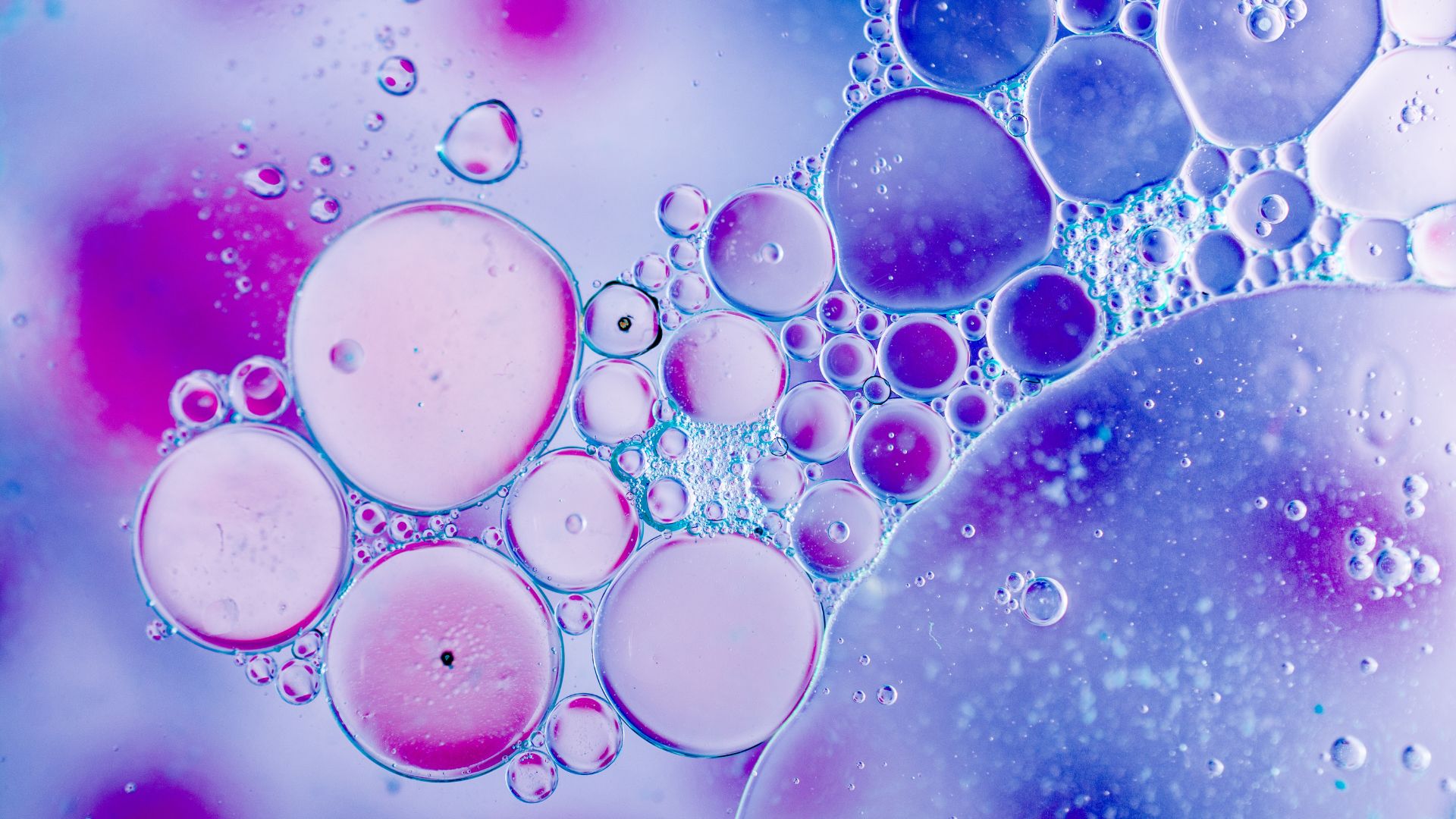An emulsion is a mixture of two liquids that don’t normally combine or dissolve in each other, where one liquid is dispersed as tiny droplets within the other. Think of oil and water: left to their own devices, they separate—but with the right technique (and an emulsifier), you can bring them together into a smooth, stable mixture.
Emulsions are everywhere! From your kitchen to your bathroom, they’re key to creating creamy sauces, frothy lattes, luxurious lotions, and even some paints. These mixtures rely on emulsifiers to keep the two liquids from separating.
examples of emulsions in food and beyond
- mayonnaise: oil dispersed in water, stabilized by lecithin from egg yolk
- milk: fat dispersed in water, stabilized by casein and whey proteins
- creams and lotions: water dispersed in oil, stabilized by compounds like glyceryl stearate and beeswax
key terms to know
- immiscible liquids: liquids that do not dissolve in each other (i.e., oil and water)
- dispersed phase: the liquid that forms the tiny droplets
- continuous phase: the liquid in which the droplets are suspended
- emulsifier: a substance that forms a film around droplets, preventing them from merging back together. Common food emulsifiers include lecithin, mustard, and soy proteins
did you know?
- The word “emulsion” comes from the Latin emulgere, meaning “to milk out,” referencing the milk-like appearance of early emulsions.
- Egg yolks are nature’s perfect emulsifier. Their lecithin content makes them ideal for binding oil and water in recipes like mayonnaise and hollandaise sauce.
- Milk is a natural emulsion. Ever wonder why it doesn’t separate on its own? The proteins in milk naturally stabilize the fat droplets, keeping the mixture uniform.
science behind emulsions
why do emulsions work?
Emulsifiers form a physical barrier around the droplets of one liquid, preventing them from coalescing. The emulsifier molecules hae a hydrophili (water-loving) end and a hydrophobic (oil-loving) end, allowing them to bind both liquids together.
futher reading and related posts
- How to make the perfect mayonnaise
- Understanding the science of sauces
- The history of emulsions in food science

